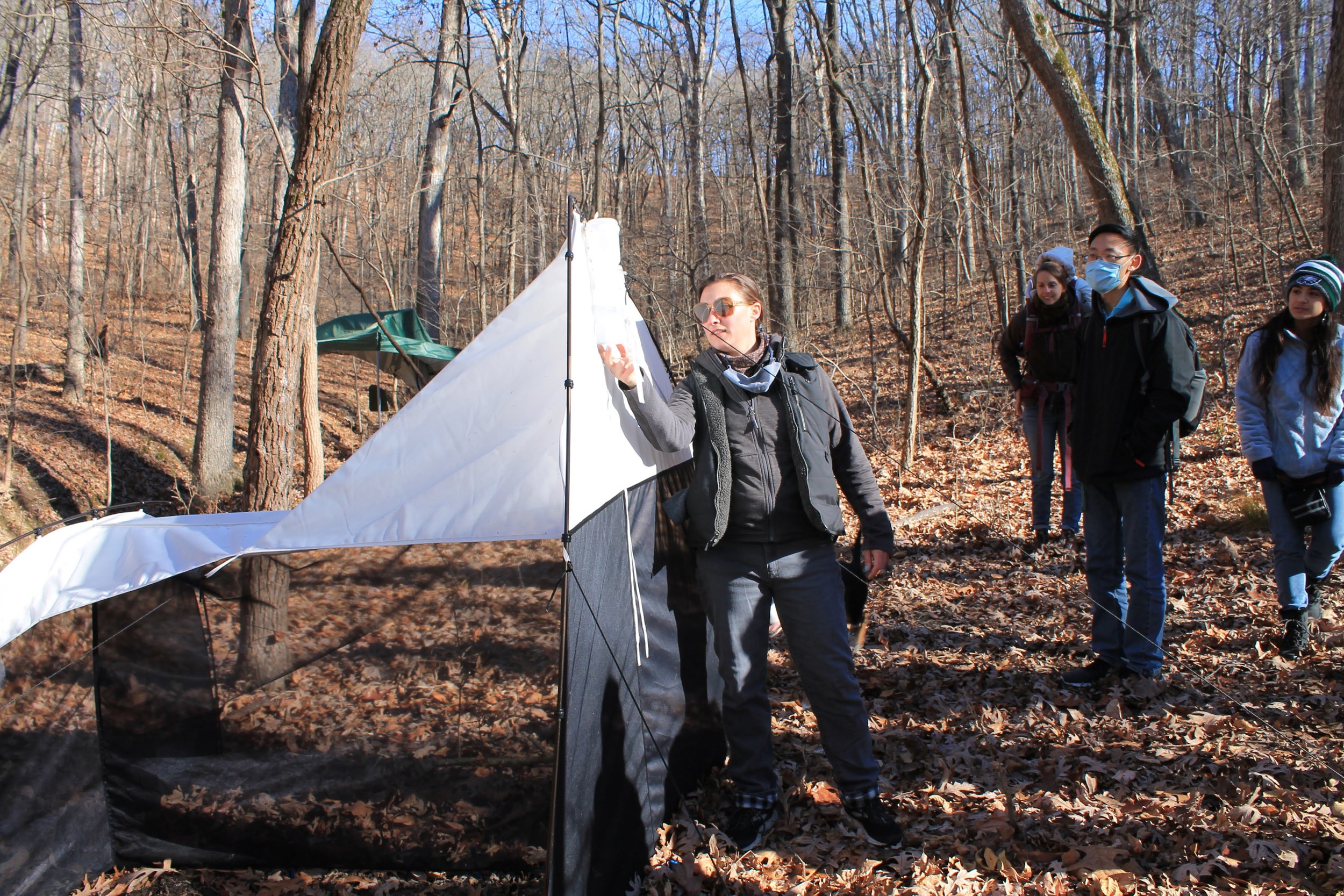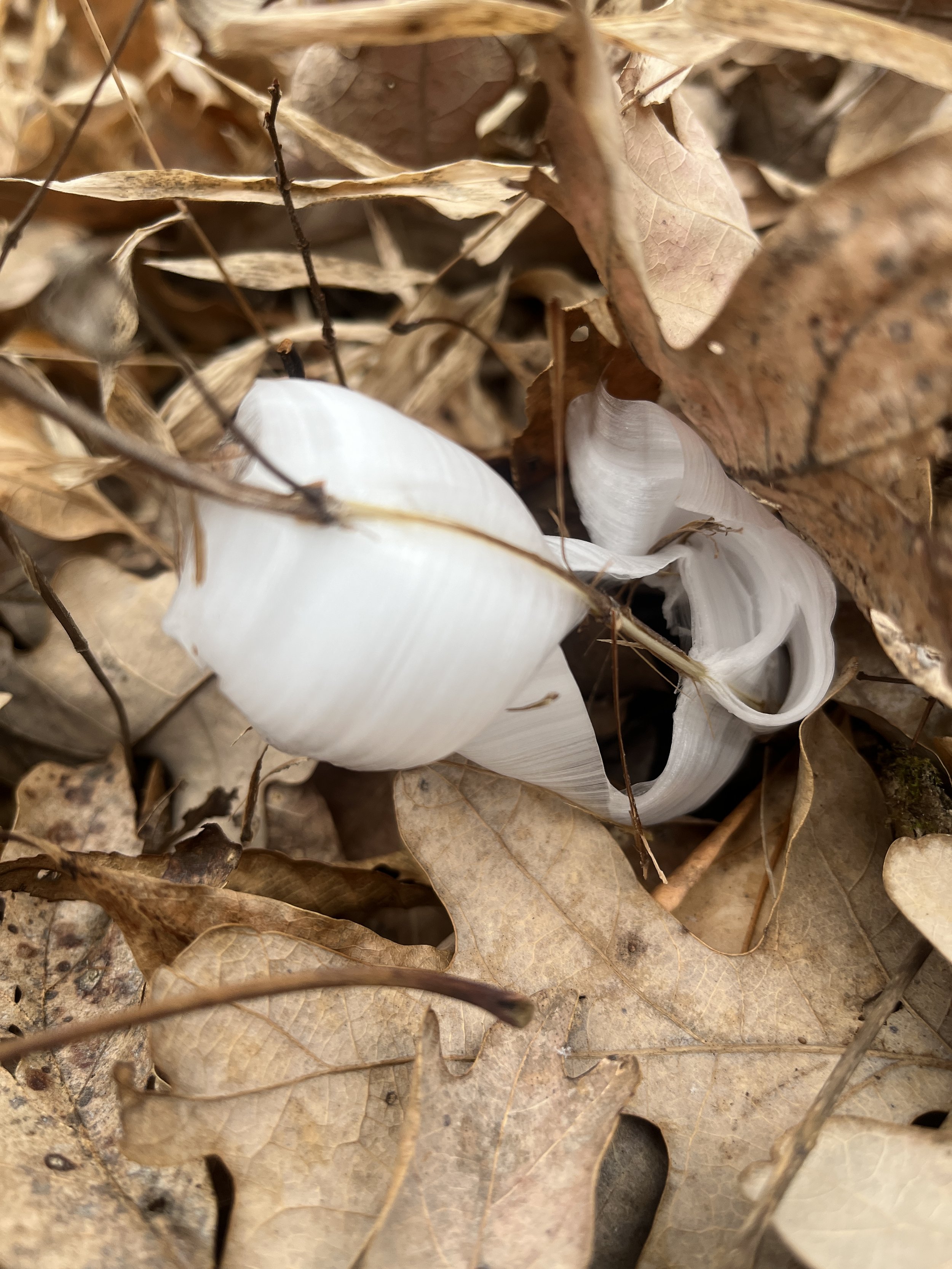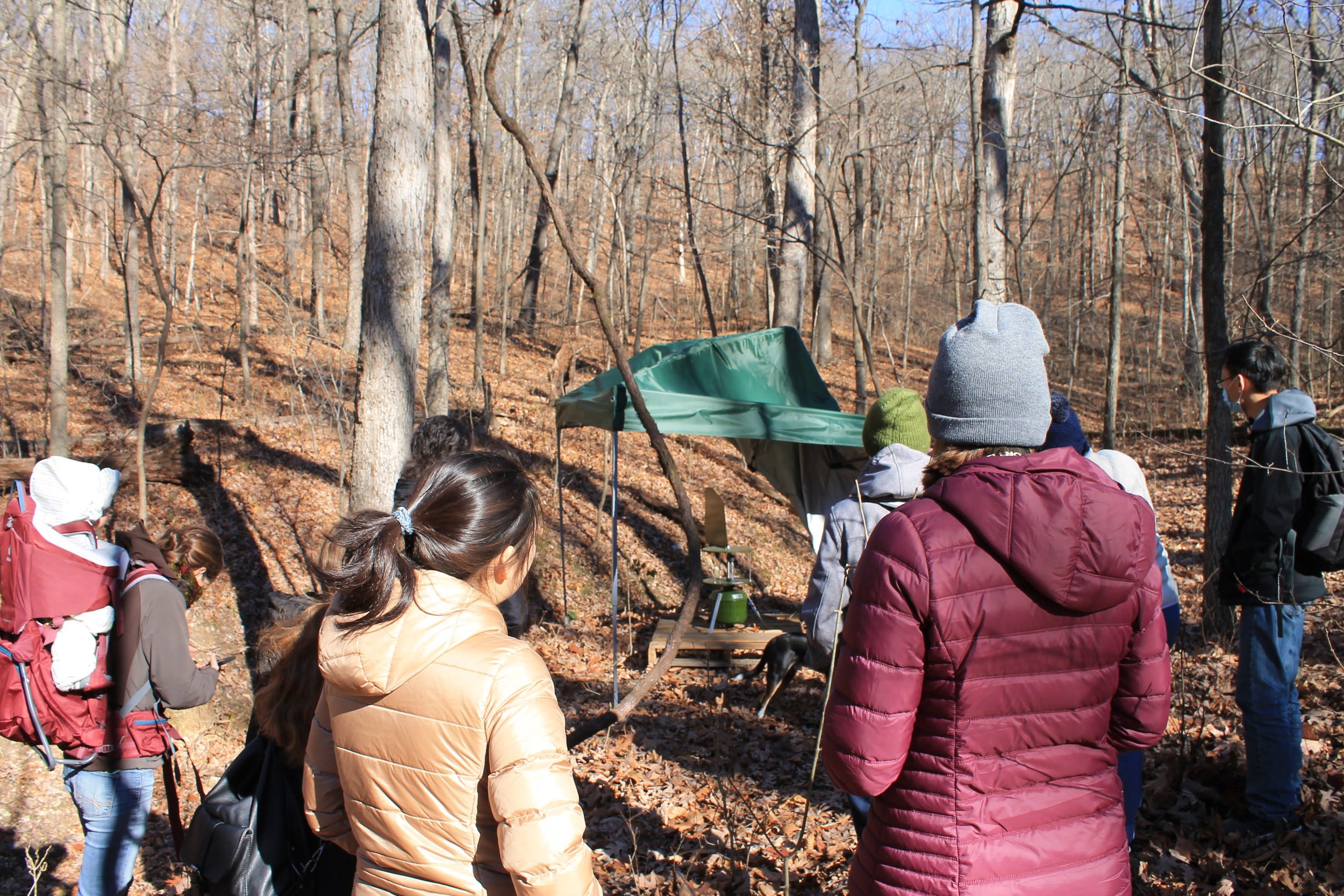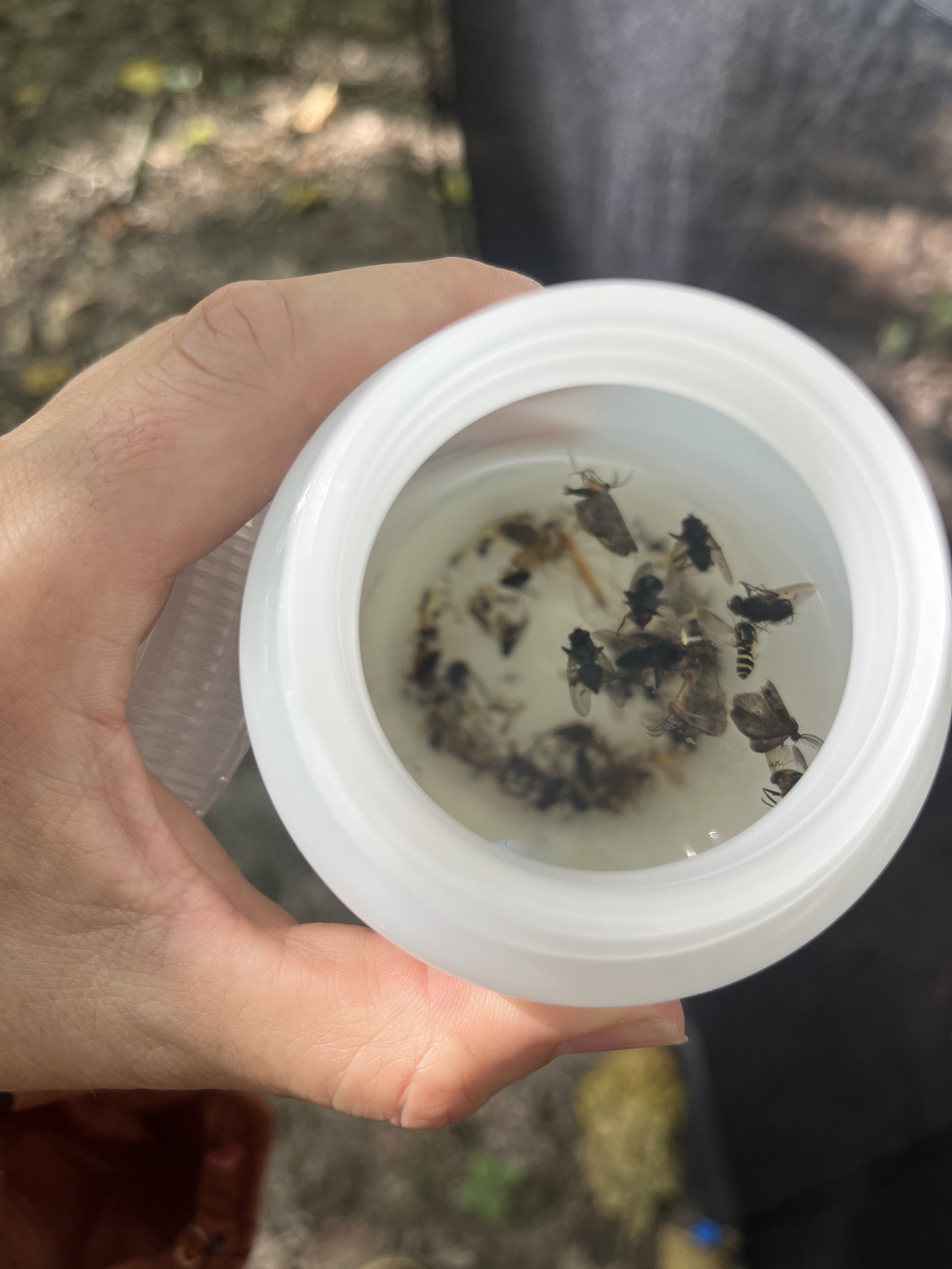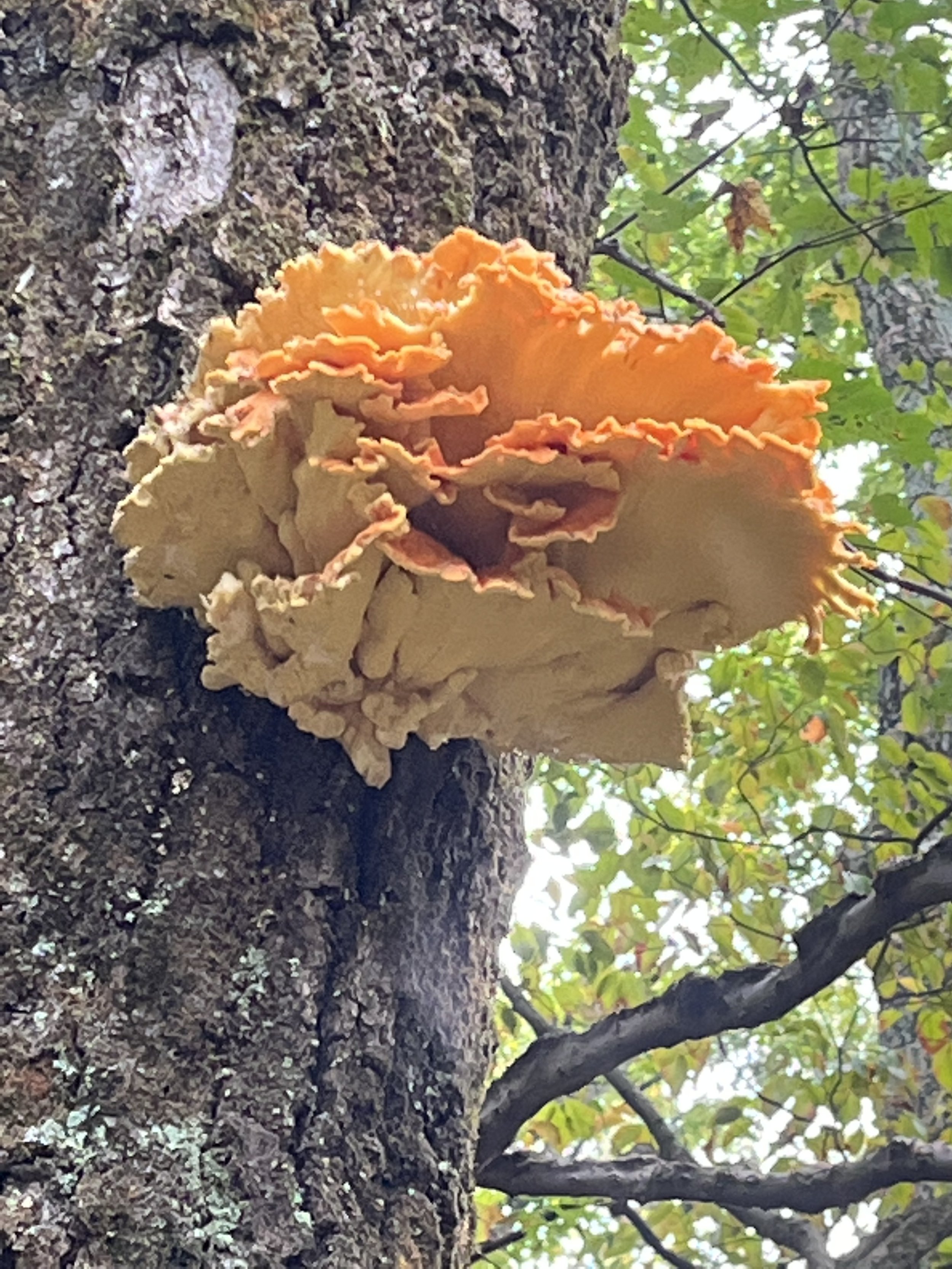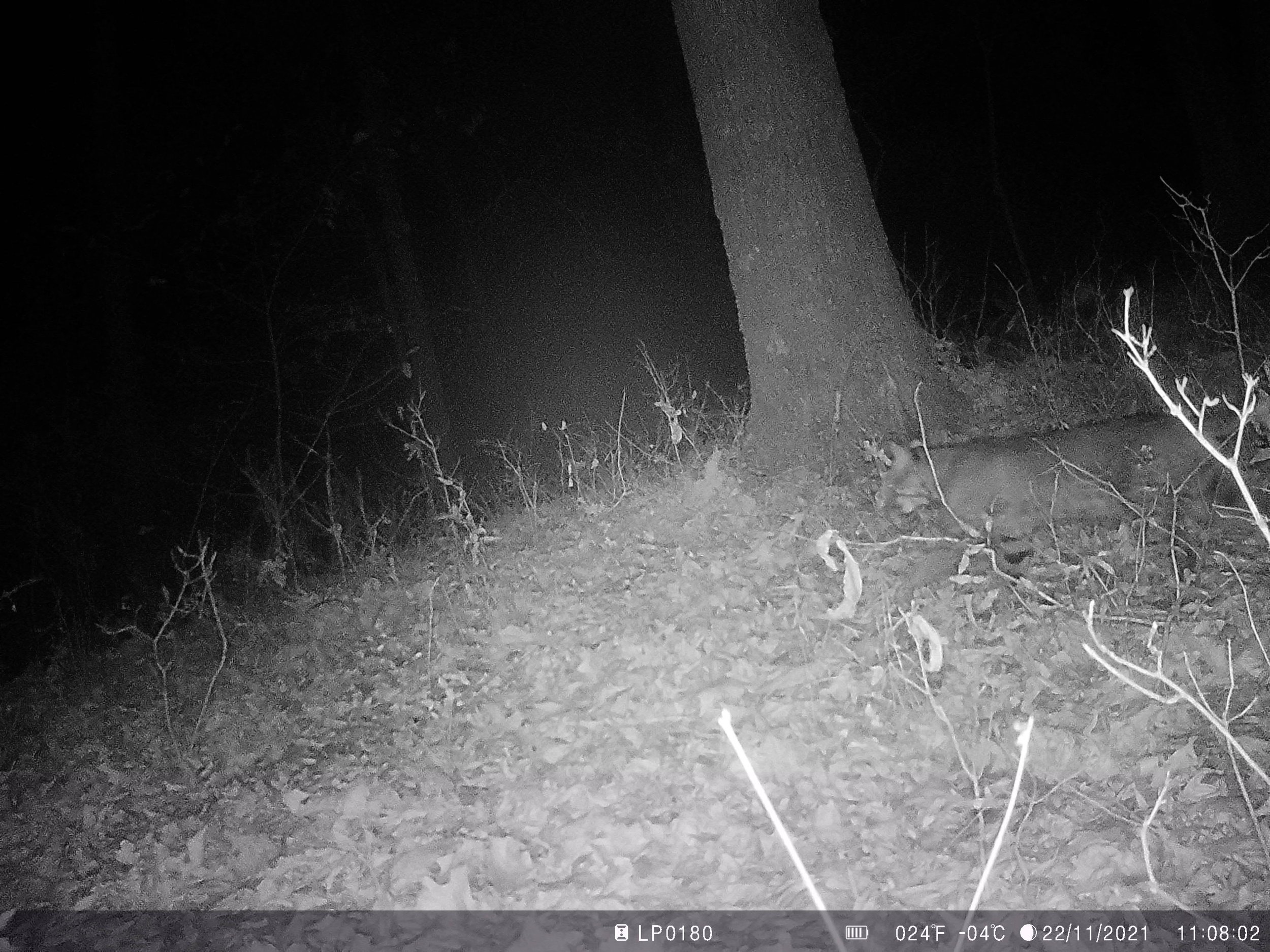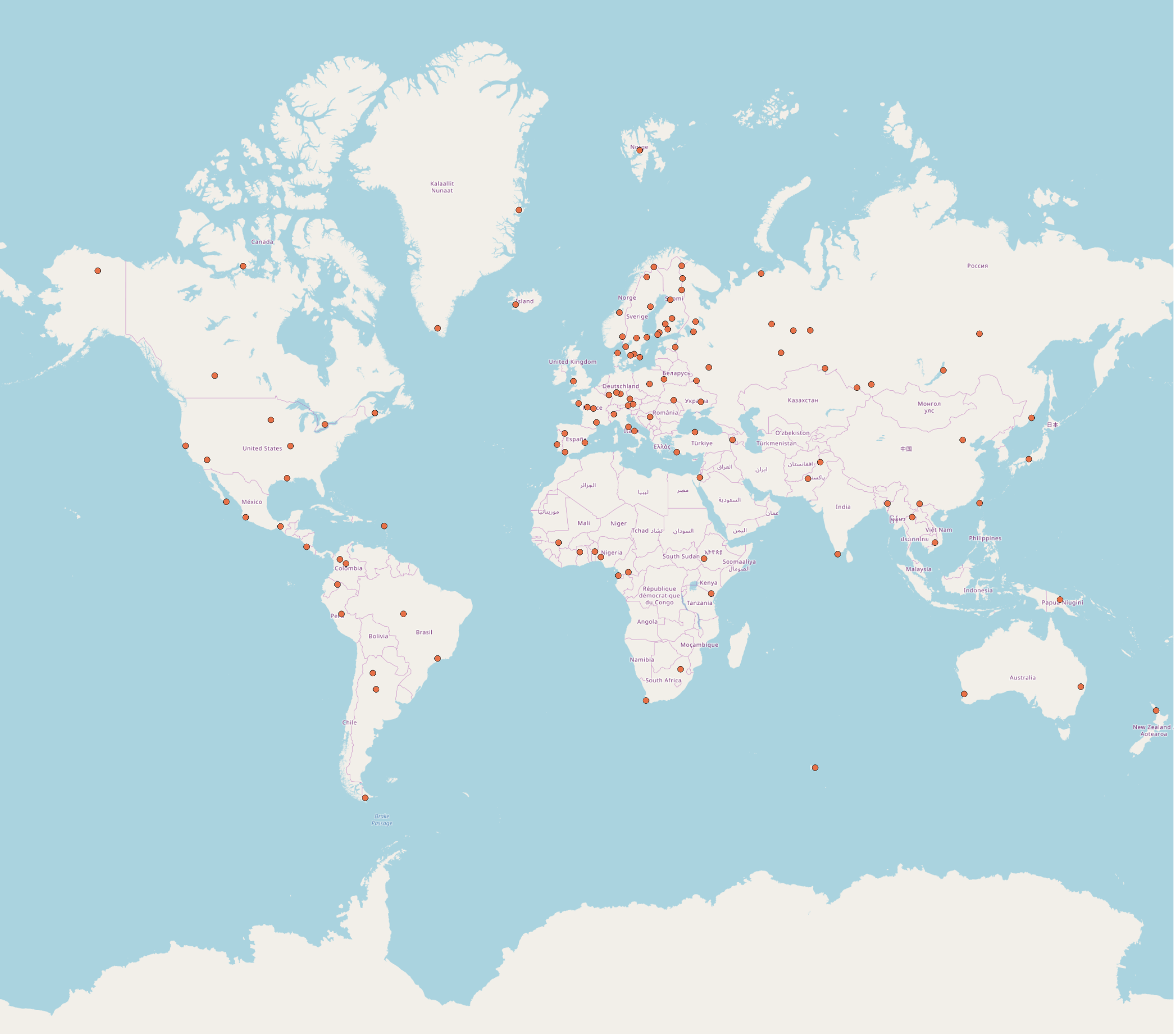Starting in early 2021, Tyson staff scientists, Dr. Solny Adalsteinsson and Elizabeth Biro, started participating in a global biodiversity assessment called LifePlan. Headed by the University of Helsinki, LifePlan consists of 117 sites all over the world. Research groups sample the biodiversity of their sites using standardized methods. Our research team uses two sites in the St. Louis area, Tyson Research Center and Forest Park.
It is estimated that 80% of species have yet to be discovered. We have a team of researchers and students working to help collect data and maintain this long-term, large scale project to help us understand the species living in our world. We thank the City of St. Louis Parks, Recreation and Forestry, Washington University in St. Louis, and Tyson Research Center for their support of this global effort.
The sampling design of LifePlan is the standardized across all sites. Research teams continuously sample year round for 6 years alternating each year between a rural site (Tyson Research Center) and an urban site (Forest Park).
Sampling methods include:
Cyclone Sampler: collects airborne particles such as fungal spores and pollen
Soil Samples: collect soil cores
Malaise trap: a popular method for collect flying insects
Camera traps: motion activated camera to document mammals
Audio recorders: records bird calls and bat echolocations
Methods 1-3 will sequence DNA in the samples to create a species list while methods 4 and 5 rely on new technological advances in machine learning to auto identify species present.

